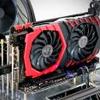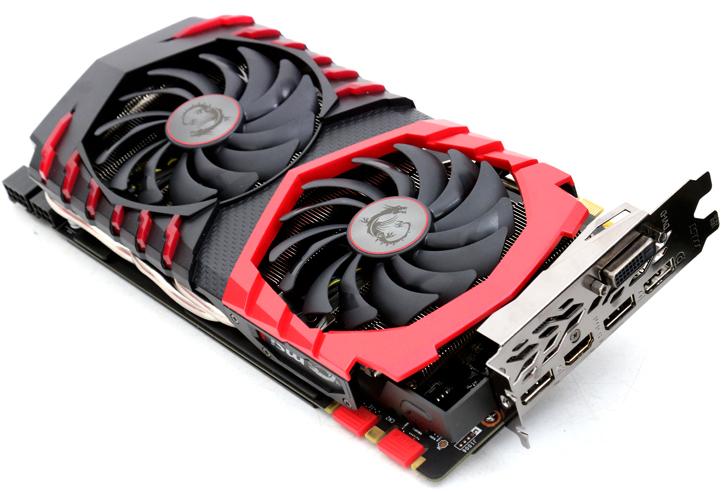Introduction
MSI GeForce GTX 1070 Ti Gaming
The GTX 1080 that isn't...
With the release and availability of the GeForce GTX 1070 Ti, we review the MSI GeForce GTX 1070 Ti Gaming edition. The new Ti is aimed at and against the Radeon Rx Vega 56 from AMD and obviously sits in-between the GeForce GTX 1070 and 1080. In this review, we test the card from MSI which comes custom cooled with a TwinFrozr VI cooler and a superb custom PCB design. Again, a very quiet card alright.
A multitude of Pascal based processors has been released, among them the GeForce GTX 1060, 1070, 1080 and 1080 Ti. All models honestly are equally impressive within their product positioning and segment. With QHD gaming (a screen resolution of 2560x1440 pixels) I've always felt the GeForce GTX 1070 has been the more attractive product due to its price level, while the 1080 cards are really what everybody wants (but perhaps cannot or will not afford). The good news though is that Nvidia has designed a product series that will fit smack down in the middle of these two, at what we hope will turn out to be an attractive enough price. Nvidia has enabled this new 1070 Ti GPU with 2432 Shader processor cores (also referred to as Cuda and Stream processor cores). That number quite honestly means it's very close to the GeForce GTX 1080. However, Nvidia has 'limited' the product series in two ways. First off, the 1070 Ti will use "regular" GDDR5 memory and not the all newer and snazzy GDDR5X type of graphics memory. Secondly, to prevent the 1070 Ti series to cannibalize the 1080 series, the cards all get a fixed clock frequency, and that means an equal clock frequency for all board partners. Now that doesn't mean you cannot tweak these cards yourself, to the contrary, they tweak really well into the familiar 2 GHz domain on the dynamic boost clock to bring in that bit of extra gaming value. However, AIB partner cards, no matter what model you purchase, will get the same clock frequency at a 1607MHz base clock with a 1683MHz dynamic boost clock.
A fixed base-clock doesn't mean it's a little beast though, to the contrary, as for Nvidia to enforce this measure means there's plenty of pixel horsepower under the hood. In fact, so much so they had to temper it. However it remains a product series sitting in an already saturated product series from Nvidia, and that will pose some issues as little is new for its performance bracket and features. So how different is the GeForce 1070 Ti compared to its bigger brother the GeForce GTX 1080? Well, the GTX 1080 GPU (GP104-400) has 20 Shader clusters. The GTX 1070 Ti (GP104-300) has 19 Shader clusters enabled, that's a total of 2432 Shader processors and only 128 shader processors lower than that of the GeForce GTX 1080. The clock speeds of the GTX 1070 Ti are higher than the GTX 1070, but fairly similar to the GeForce GTX 1080 at 1607 MHz and a 1683 MHz GPU boost with 8.00 GHz (GDDR5 data-rate effective) memory clock. The TDP is 180W, also similar to the GTX 1080 and all these facts combined means we have a product in the 8 TFLOPS perf range here, and that is substantial.
The Gaming series comes with a custom PCB and TwinFrozr revision VI cooler with the new generation Torx fans, the airflow is improved whilst being even more quiet. Up-to 60 Degrees C the card will even stay in passive mode, e.g. the fans will not spin. The TWINFROZR cooler is intensified by a red GAMING glow piercing through the cover. The GTX 1070 Ti GAMING 8G comes with MSI's traditional Military Class 4 components and holds both an 8- and 6-pin power connector. At the backside, you'll spot a nice matte black solid backplate. The MSI GeForce GTX 1070 Ti GAMING 8G is capable of clock frequencies of 1607 MHz base clock with a 1683 MHz dynamic boost clock with 8192 MB GDDR5 / 8000 MHz effective data-rate on the memory. We have enough to talk about and to show, let's dive into the review, shall we?


